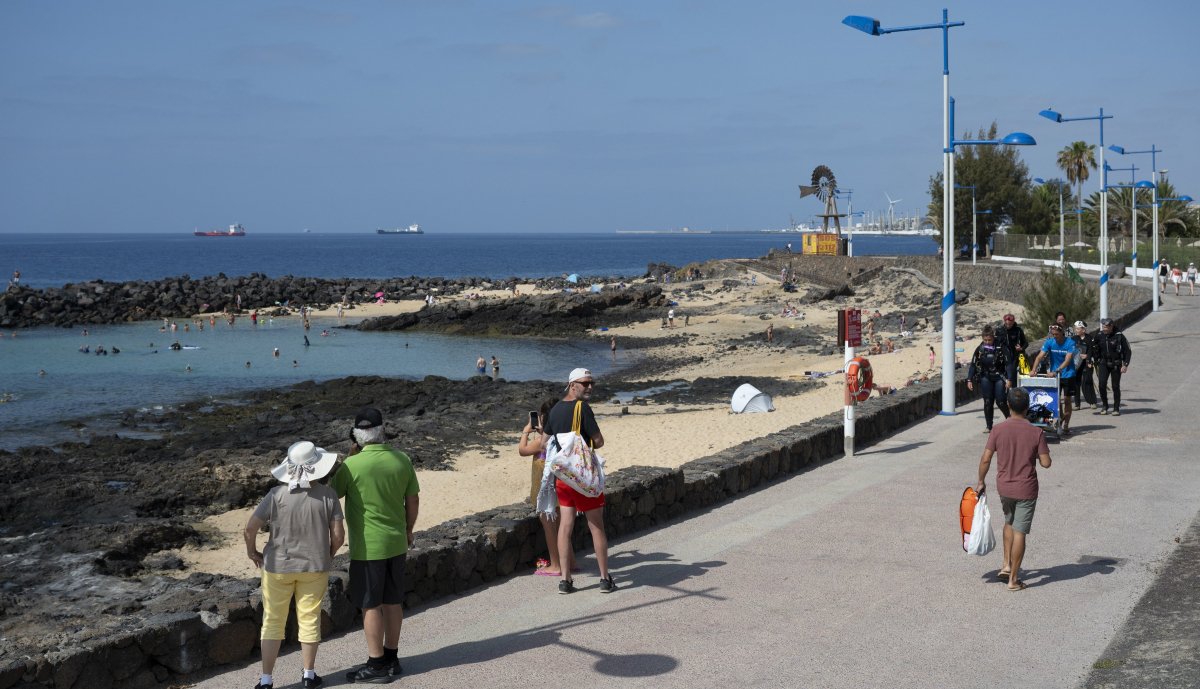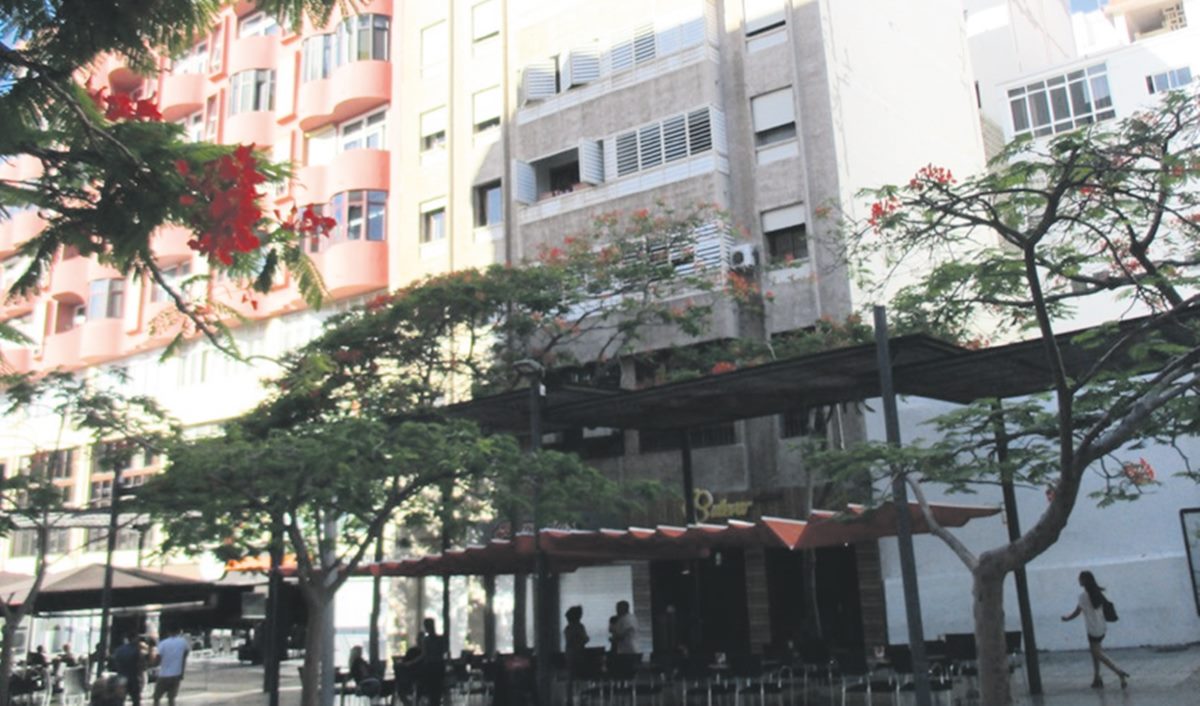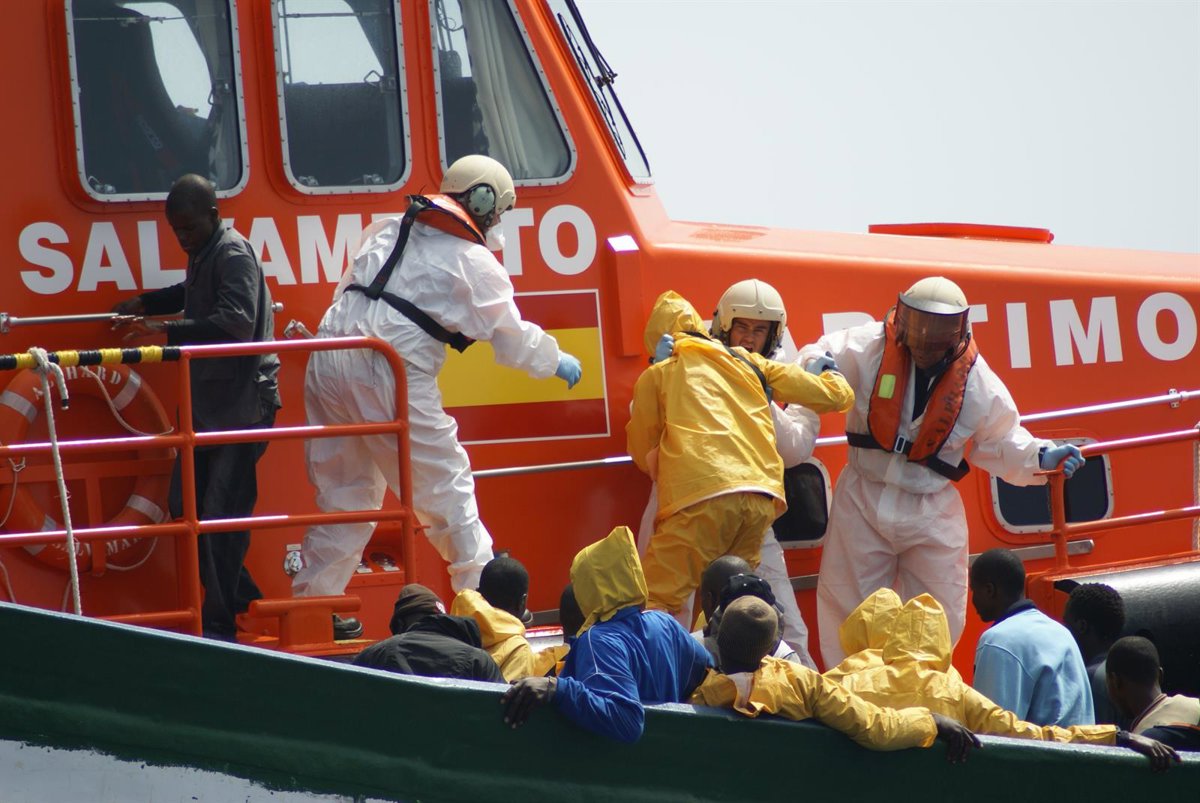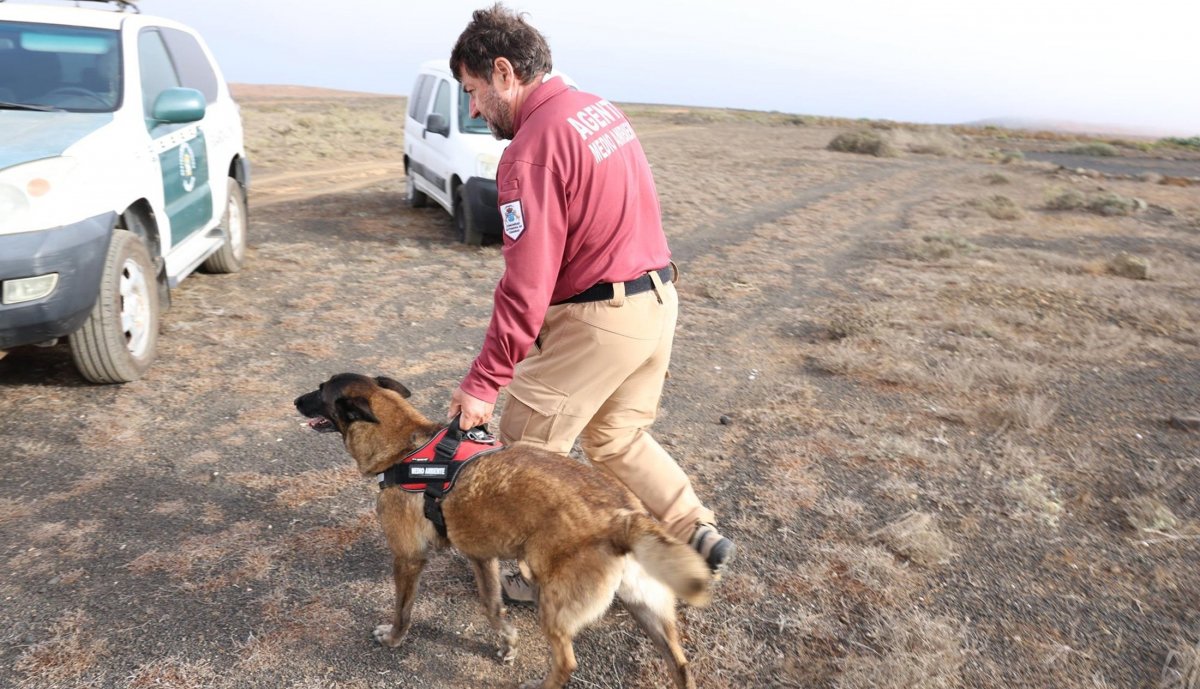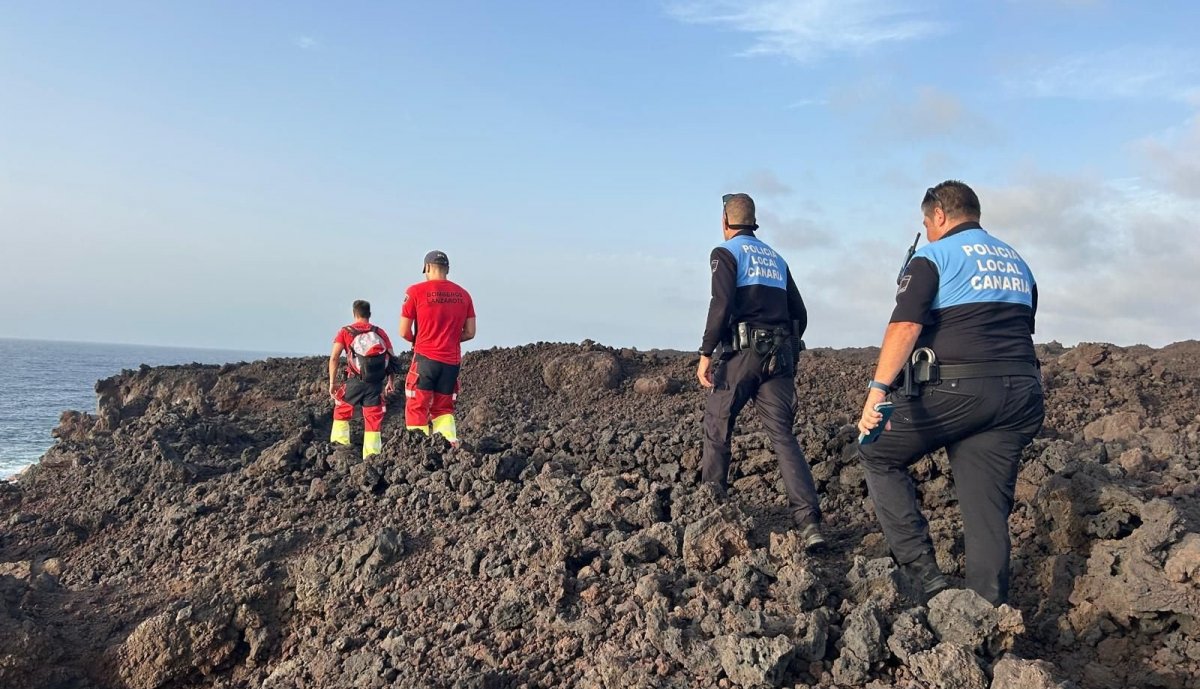Extreme UV Radiation Risk in Lanzarote Until August 25
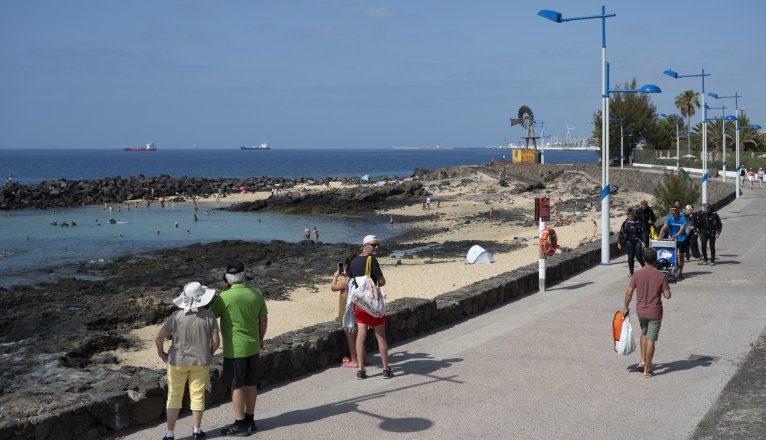
Lanzarote is currently facing an extreme risk of ultraviolet (UV) radiation, at least until August 25, according to data from the Spanish Meteorological Agency (AEMET) shared by the Health Ministry of the Canary Islands Government. The capital, Arrecife, has reached a “very high” level, while the rest of the island is experiencing the highest danger threshold.
Preventive Measures Against UV Radiation
The Preventive Action Plan for the Effects of UV Radiation, coordinated by the General Directorate of Public Health of the Canary Health Service (SCS), outlines essential self-protection measures for this situation. Residents are advised to avoid direct sun exposure, particularly during peak hours, use broad-spectrum sunscreen with SPF 50+, seek shade whenever possible, wear lightweight clothing that covers arms and legs, and protect themselves with hats and proper sunglasses.
Public Health Information
Public Health officials remind us that the Canary Islands experience the highest levels of ultraviolet radiation in Spain year-round. They also warn that solar damage is cumulative, and childhood or adolescent sunburn significantly increases the risk of skin cancer later in life.
Health Risks of UV Overexposure
The consequences of excessive UV radiation exposure range from sunburn and skin reactions to DNA damage and more severe diseases such as various types of skin cancer or eye problems. The most vulnerable populations include outdoor workers, individuals with fair skin, those over 50 years of age, or those taking certain medications that increase sun sensitivity.
Wider Context of UV Radiation Risk
Currently, Gran Canaria and El Hierro are also at extreme risk across their entire surface, alongside several municipalities in Tenerife, Fuerteventura, La Palma, and La Gomera.
Public Health stresses that sun protection must be maintained throughout the year, even on cloudy days, and reiterates that UV radiation exposure increases with altitude.


